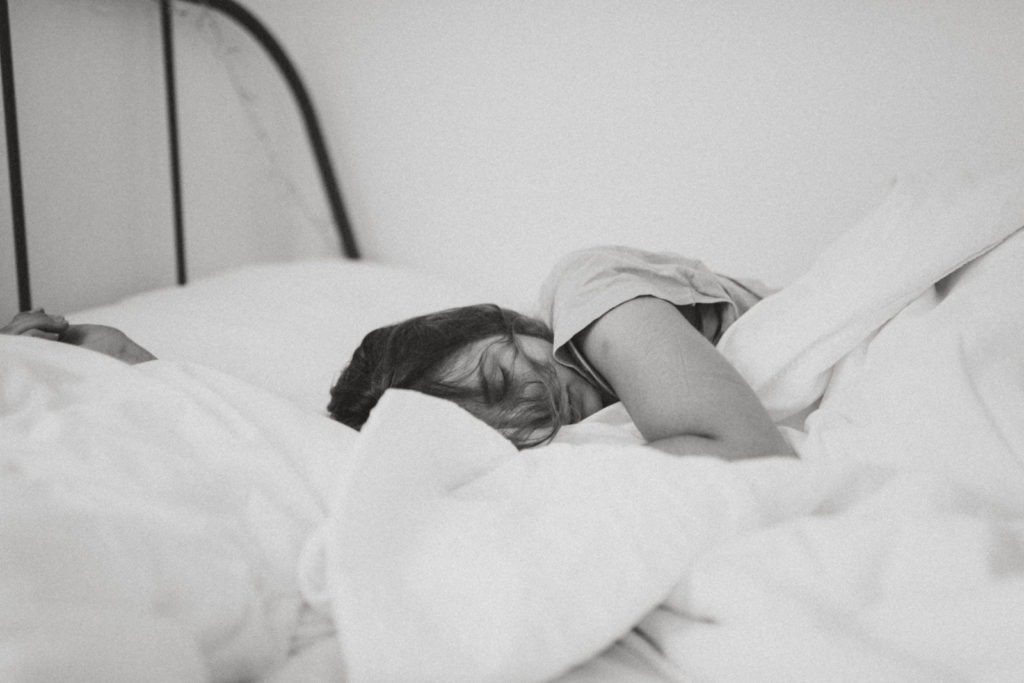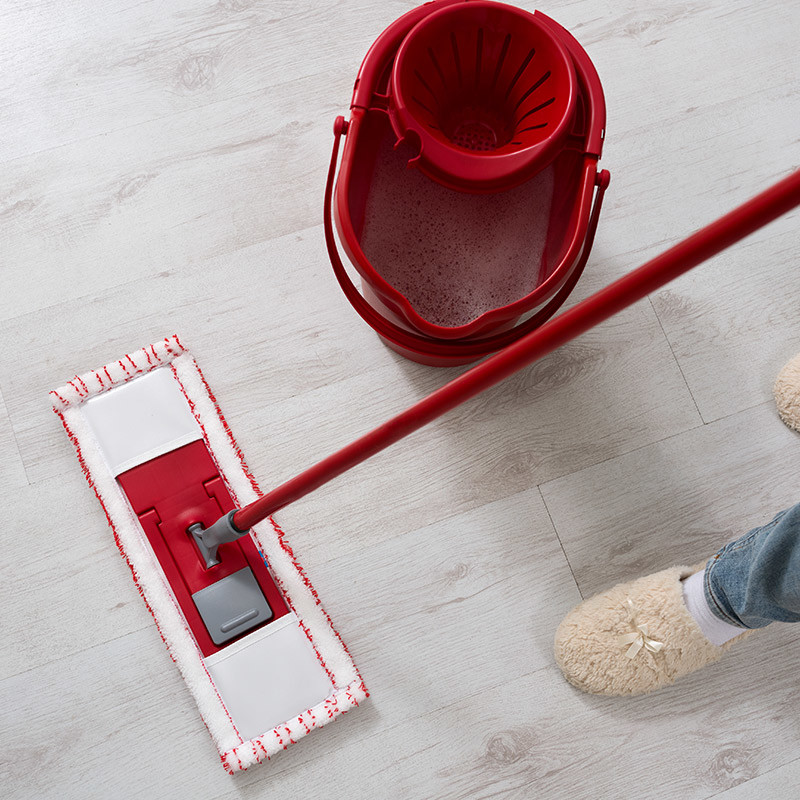Get a good night’s rest on chlorine chemistry
The development of the modern mattress began in the 1920s when Dunlop introduced the world to vulcanised rubber latex foam. Made from polyurethane (PU), Dunlop saw immediate applications for the foam in pillows and box-spring mattresses. Initially these products were considered to be of such high quality they were only sold to royalty. By the 1930s the use of PU had become more widespread, enabling all of us to enjoy a comfortable sleep.
PU technology has evolved rapidly ever since the first simple foam mattresses were produced. Today’s mattresses are more likely to be made of ‘memory foam’, a dense form of PU which moulds to the shape of your body in response to heat. Originally developed for NASA astronauts who were undergoing high-pressure G-force testing, the foam distributes the weight of your body evenly. This reduces pressure on the back, hips and shoulders, resulting in a more relaxed sleep. Memory foam is also used in hospitals to reduce the pressure on patients suffering from burns.
Modern mattresses are also designed with your health and well-being in mind. As well as meeting health regulations, mattresses must also meet flammability standards. In the event of a fire, a modern mattress will burn slowly and at low intensity, allowing you time to escape.
Millions of mattresses are sold every year around the world. But what happens to your old mattress?
Increasingly they are being recycled. Established recycling paths exist for components such as the metal springs, cotton covers and wood frames. But it is the PU which has the most diverse range of recycling options. It can be reused to create products such as carpet backing, furniture padding, packaging materials, and insulation for cars or appliances.
Not only do foam mattresses give you a good rest, they also provide peace of mind!
It’s a chlorine thing!
Read more about mattresses here


